Oscillatory motion. Simple harmonic motion. The simple pendulum. Damped harmonic oscillations. (Lecture 1) презентация
Содержание
- 2. Lecture 1 Oscillatory motion. Simple harmonic motion. The simple
- 3. Harmonic Motion of Object with Spring A block attached to a
- 4. x is displacement from equilibrium position. x is displacement from equilibrium
- 5. Simple Harmonic Motion An object moves with simple harmonic motion whenever
- 6. Mathematical Representation of Simple Harmonic Motion So the equation for harmonic
- 7. A=const is the amplitude of the motion =const is the angular
- 8. The inverse of the period is the frequency f of the
- 9. Then the velocity and the acceleration of a body in simple
- 10. Position vs time Position vs time Velocity vs time At any
- 11. Energy of the Simple Harmonic Oscillator Assuming that: no friction the
- 12. The total mechanical energy of simple harmonic oscillator is: The total
- 13. Simple Pendulum Simple pendulum consists of a particle-like bob of mass
- 14. The Newton’s second law in tangential direction: The Newton’s second law
- 15. The period and frequency of a simple pendulum depend only on
- 16. Physical Pendulum If a hanging object oscillates about a fixed axis
- 17. Applying the rotational form of the second Newton’s law: Applying the
- 18. Damped Harmonic Oscillations In many real systems, nonconservative forces, such as
- 19. The solution for small b is The solution for small b
- 20. The angular frequency can be expressed through k/m)1/2 – the natural
- 21. underdamped oscillator: Rmax=bVmax<kA. System oscillates with damping amplitude underdamped oscillator: Rmax=bVmax<kA.
- 22. Driven Harmonic Oscillations A driven (or forced) oscillator is a damped
- 23. The forced oscillator vibrates at the frequency of the driving force
- 24. Resonance So resonance happens when the driving force frequency is close
- 25. Units in Si spring constant k N/m=kg/s2 damping coefficient b kg/s phase rad
- 26. Скачать презентацию





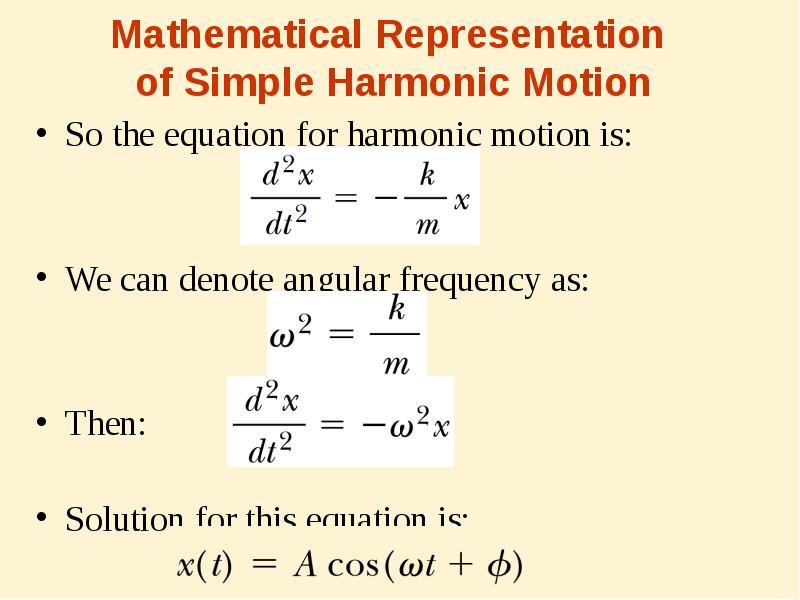

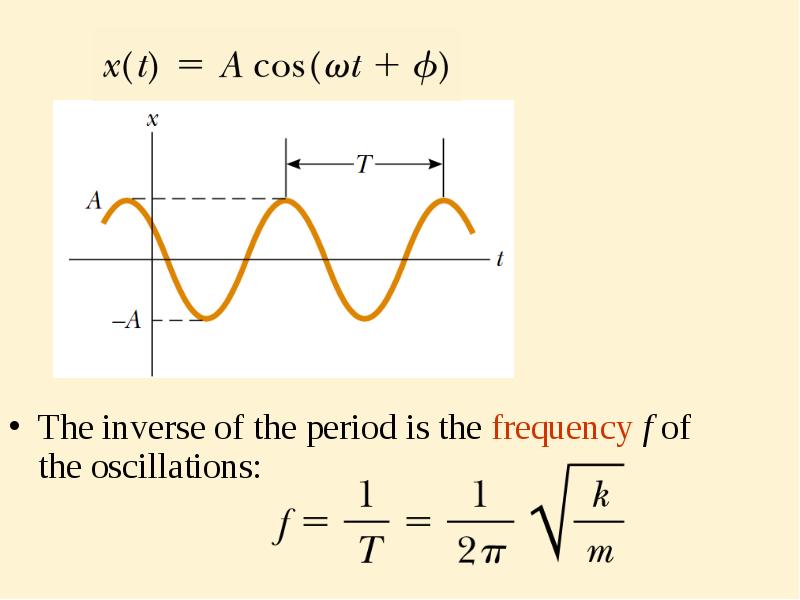

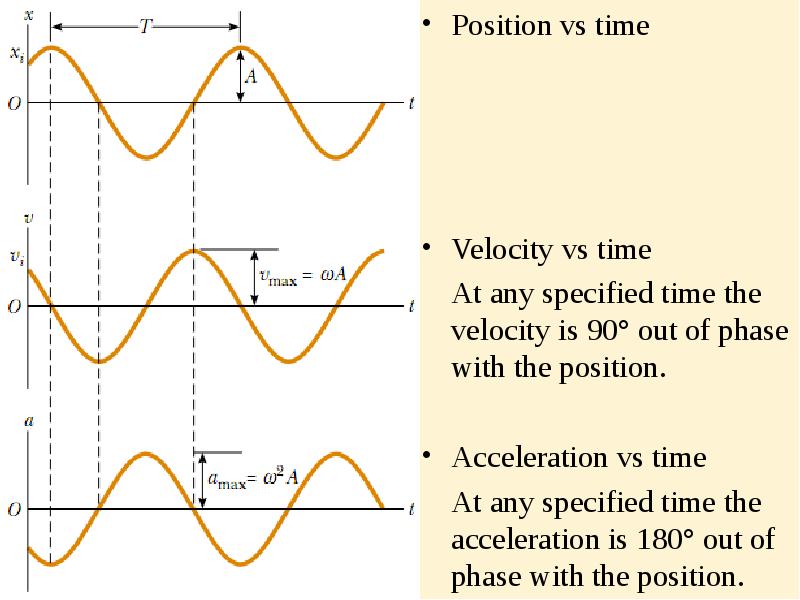


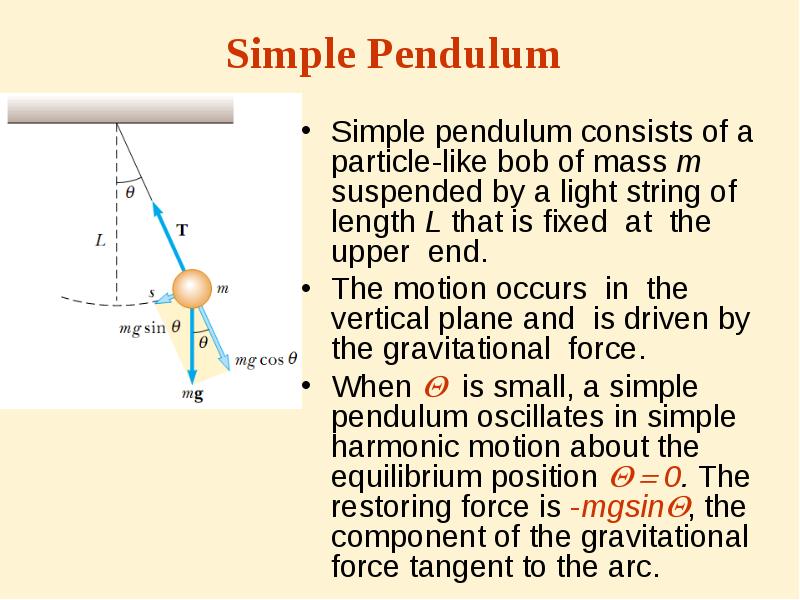
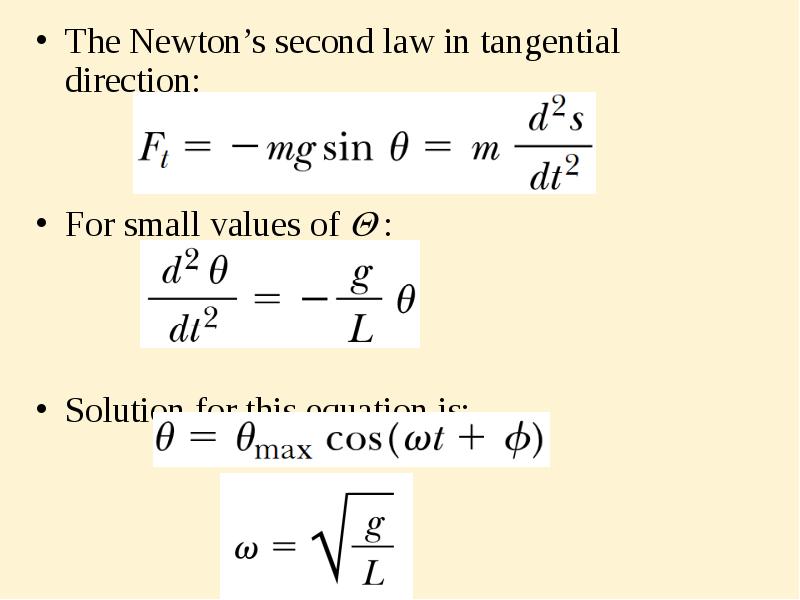
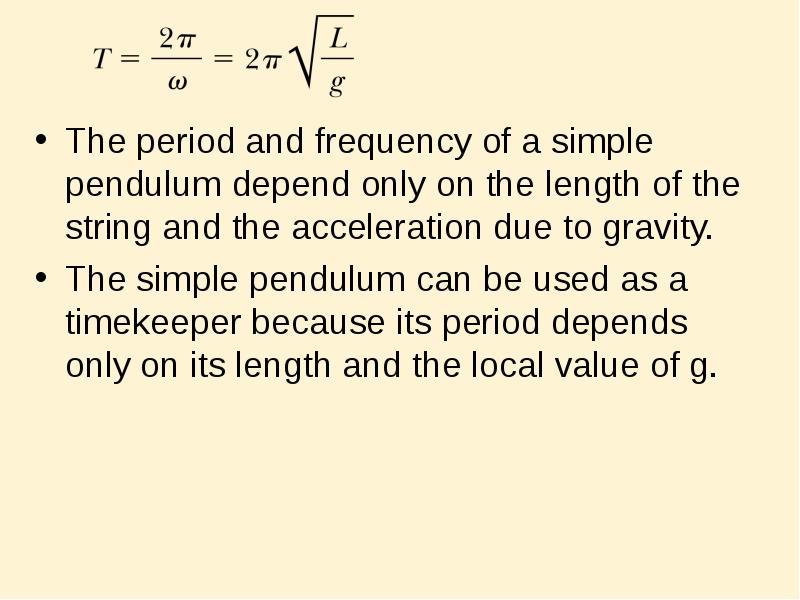
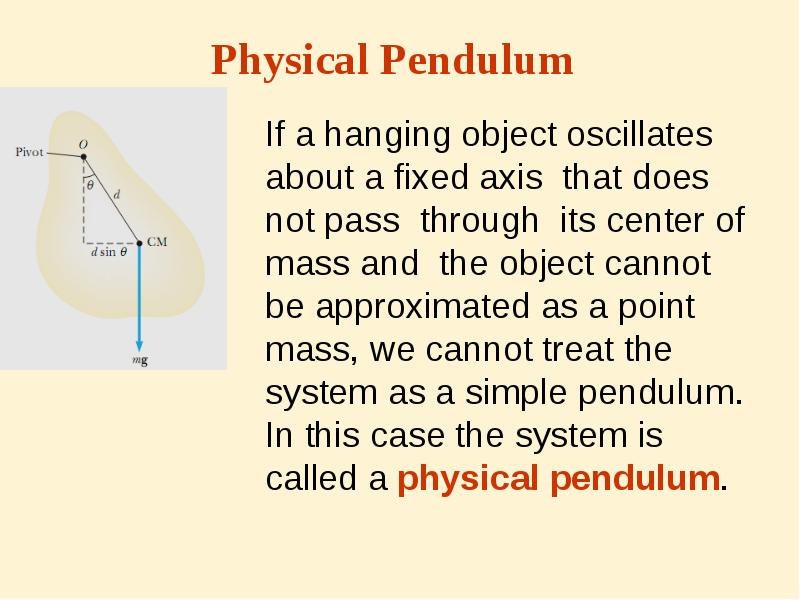
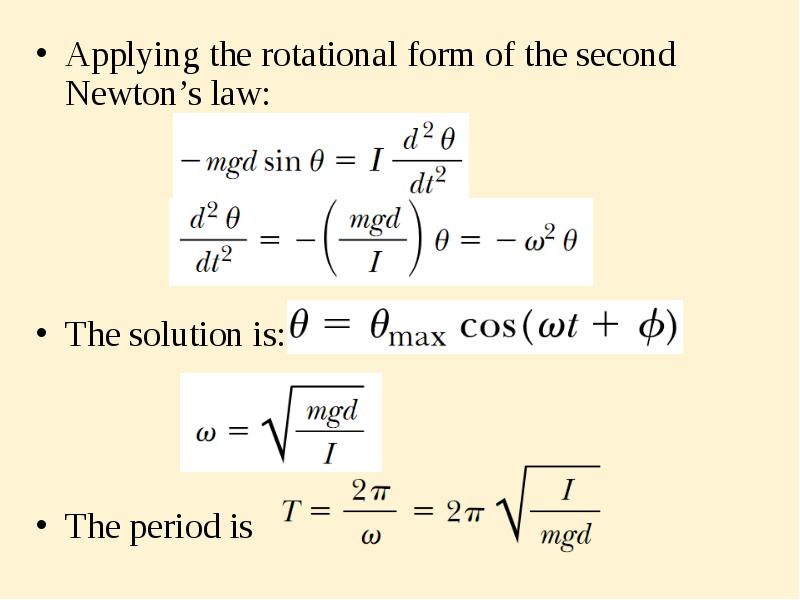
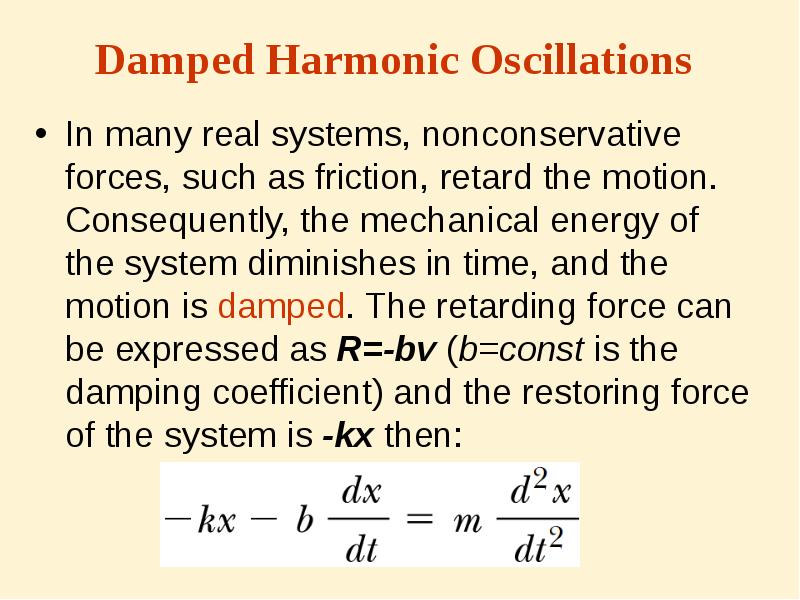
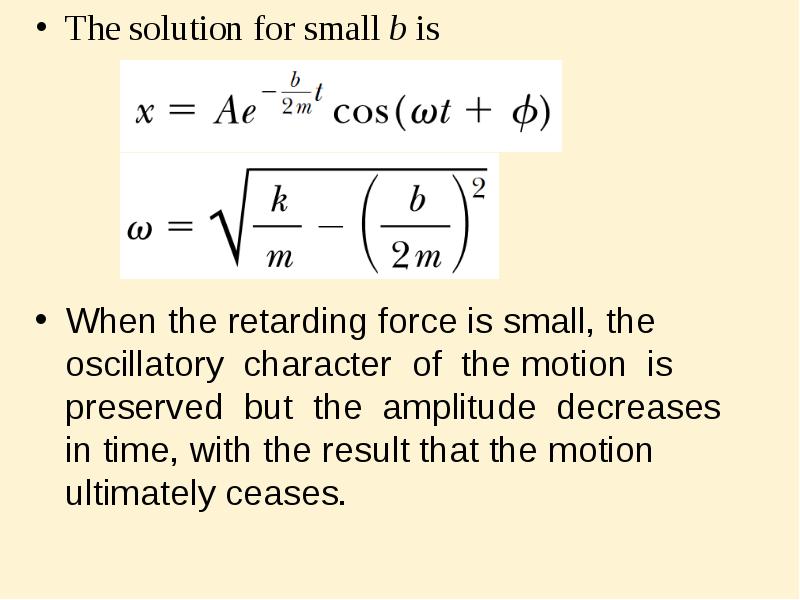
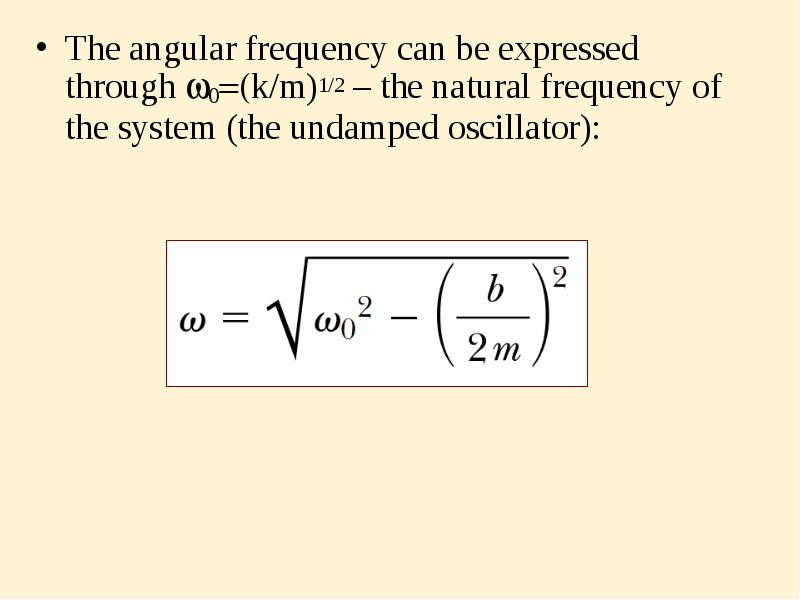
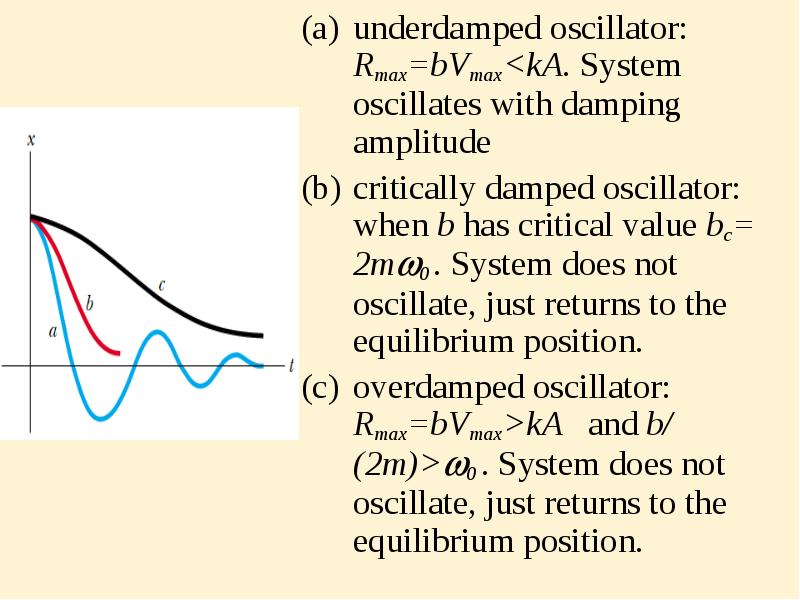
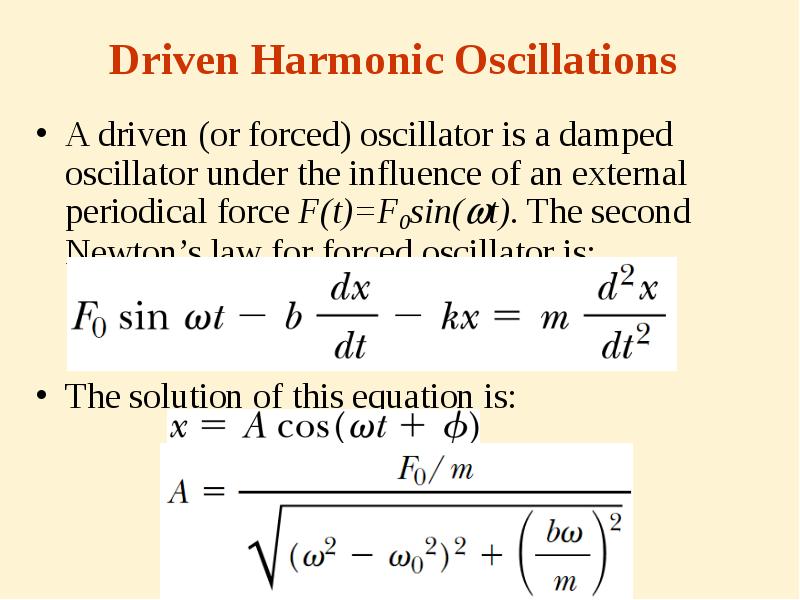
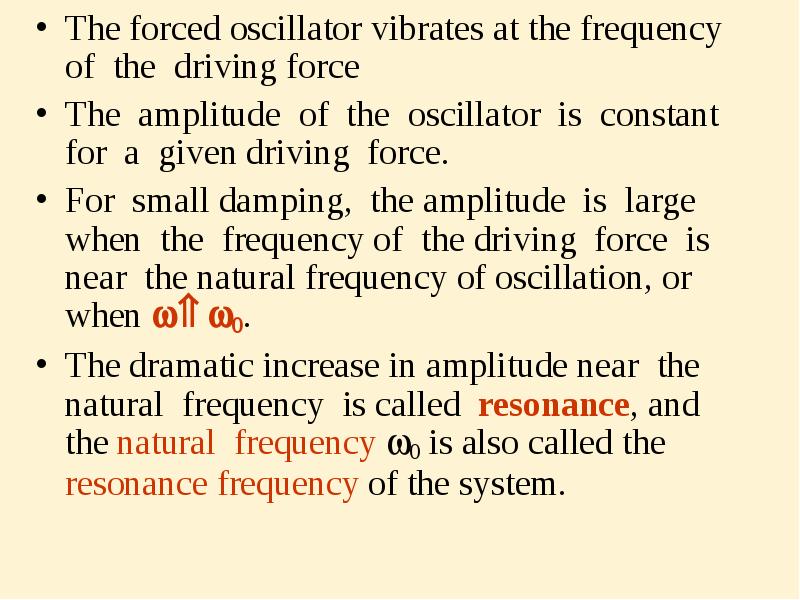
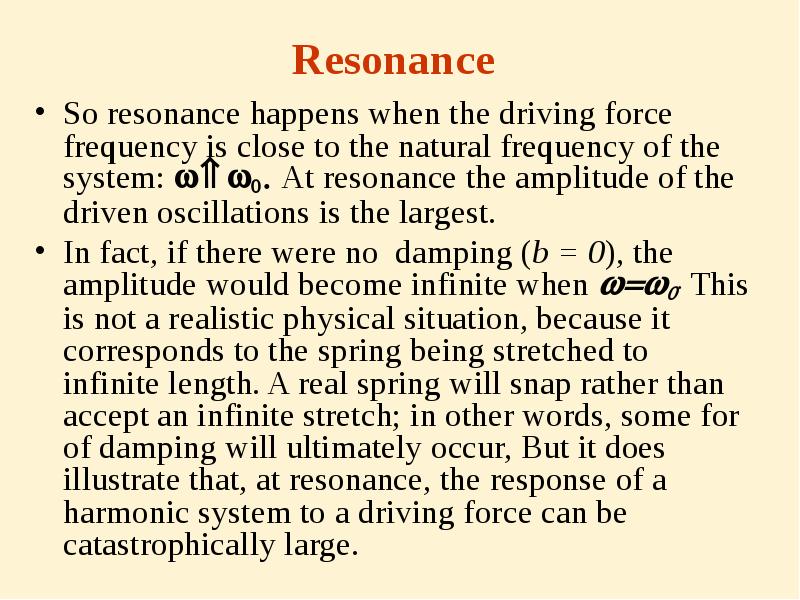
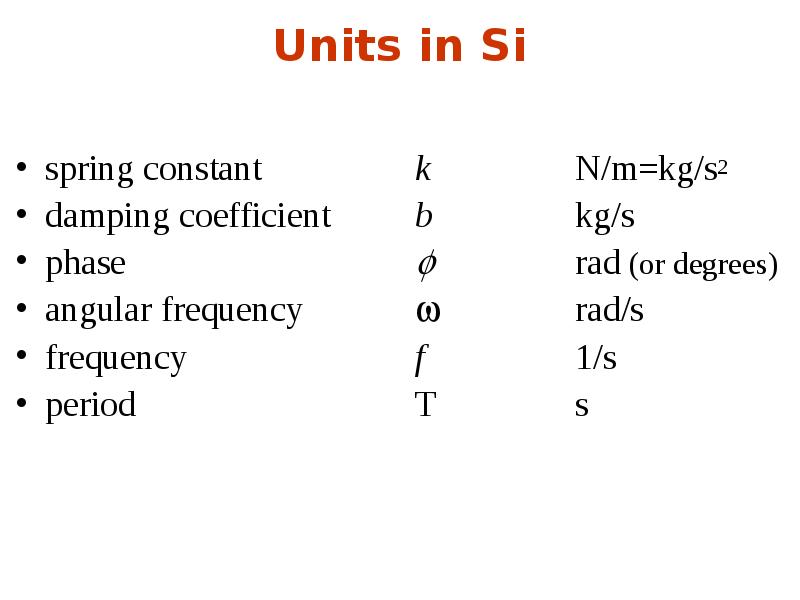
Слайды и текст этой презентации
Скачать презентацию на тему Oscillatory motion. Simple harmonic motion. The simple pendulum. Damped harmonic oscillations. (Lecture 1) можно ниже:
Похожие презентации





























